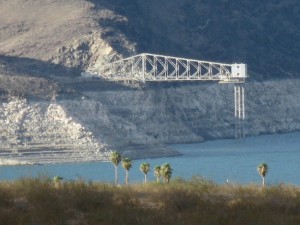by Sukey Lewis, Richmond Confidential
Ten years ago, the average East Bay Municipal Utility District (EBMUD) consumer was paying $26.09 per month for water. By July 1st of 2014, that number will have nearly doubled to $48.60. The next two years alone will see rates rise 9.75 percent ($3.96 per month) in 2014 and 9.5 percent ($4.19 per month) in 2015.

At last week’s City Council meeting, Richmond resident Leonard Taylor complained about the hikes, saying he may have to stop doing his laundry and engage in only “weekend shower activities.”
“I know this was painful,” said Lesa McIntosh, EBMUD board member representing Richmond and West County. But, she says the water utility’s rates are still comparably reasonable, “Out of thirteen agencies [in the Bay Area], our rates are still lower than ten.”
EBMUD spokesperson Abby Figueroa cited an aging infrastructure, the rising cost of chemicals and a change in the agency’s financing, as the reasons for the rate hikes. “We’re moving to a pay-as-you-go system, which requires a bigger investment,” Figueroa said.